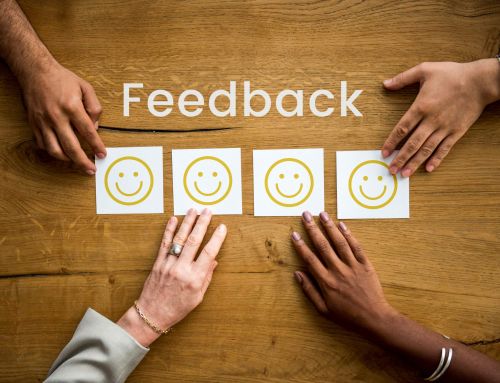The events of our daily lives can change based on our emotional status. A routine day could be interrupted at any point. Also, what could be an anxiety-provoking situation may turn out to be exciting. That shift in temper will influence our actions and how we perceive them. Change has the ability to alter our ability to approach and perform certain tasks or jobs. Ultimately forcing us to adapt to an alternate result of what we’d planned.
Considering how important and central emotions are to us, is it possible for Augmented Intelligence to operate with this core human concept in mind? Can it detect mood and recommend accordingly? This article outlines how Ai can use emotion as a part of its toolset. To promote customized messaging, recommend, and operate alongside our emotions organically.
How does emotion and mood impact our personal lives?
Our emotions very strongly dictate our lives, more so than one may originally assume.
Consider this example: running errands in a bad mood. If we are irritable, wed would likely want the errands to be over quicker. Therefore, the likelihood of gravitating towards closer stores, that may be more expensive, is higher. In contrast, if we were in a good mood, we may be more willing to take a longer route, finding stores that best fit a lower price range.
The products purchased may also be affected by our mood. Feeling the weight of an upcoming deadline may enforce a higher inclination to grab the first thing advertised, that fits the need. In contrast, if we were more relaxed, we would take the time to find something that works best.
Social decisions, too, are decided by emotion and mood. Friendships and relationships can easily become missed connections when the atmosphere is off. What could have blossomed into pleasant interactions can just as easily fizzle out. Those emotions cling to the people involved, no matter their hand in it, and intentionally or unintentionally determines how we view said people.
What does AI have to do with this?
Typically, when thinking about how Ai predicts, we may initially assume that these actions are done based on the interactions of the human and not much else. However, Ai-powered prediction engines can use many factors. Using various interactional elements, such as time, place and act, can identify changes in a humans behavior.
For example, Ai has the power to correlate patterns of spend that over the course of several months can change. Identifying pattern changes in the timeframes of purchase, can indicate a possible job change. Identifying a change in the place of a purchase could indicate relocation. Lastly, identifying pattern changes in the act of the purchase itself can tell us a lot about a customers mindset. However much time passes, the patterns extracted can be analyzed and used to personalize future interactions.
When noticing shifts in interest, such as someone spending more time looking at different products, we would be able to identify circumstantial change.
So how could Ai automatically respond to this? Let’s say that you have Ai that is emotionally trained – it’s able to predict a human’s mood through their actions. It detects a change in emotional behavior and makes a recommendation based on that emotion. This could be a specific product recommendation, or an action to take such as signing up for a wellness program or calling a support number. Recognizing the context that a customer is in emotionally, and acting in a way that’s most effective for both the user and the business. Appealing directly to people through customized messaging, Ai could take actions, such as changing the tone and word choice of certain messages, to best fit the current emotional environment.
Ai has the capacity to be an emotional tool, and all it requires is the right training and dataset to understand mood-based contexts.






